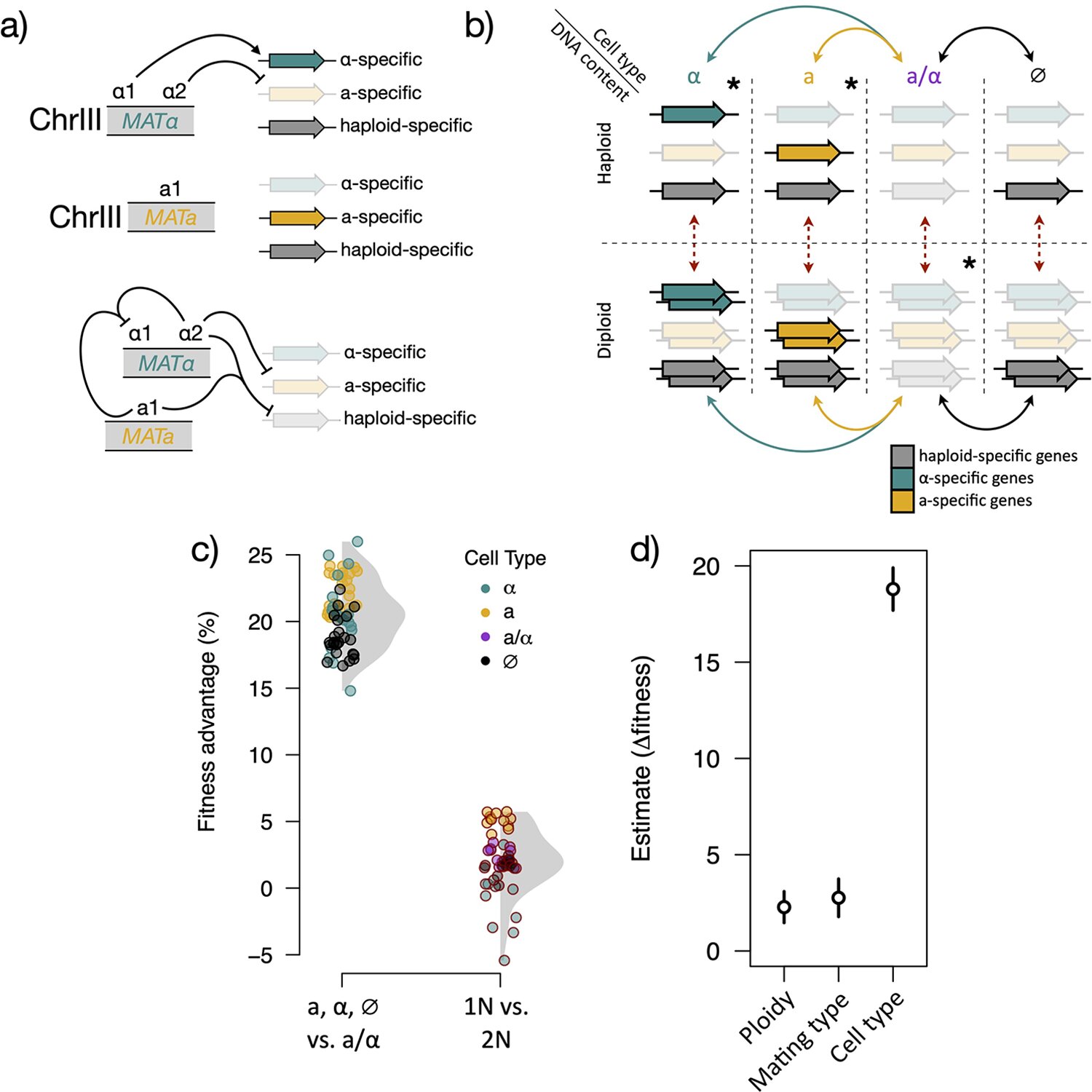A new study reveals that AI-generated white human faces are perceived as more realistic than actual faces, but the same cannot be said for people of color. Dr. Amy Dawel, the senior author of the paper, explains that this is because AI algorithms are predominantly trained on white faces.
“If white AI faces are consistently seen as more realistic, it could reinforce racial biases online and have serious implications for people of color,” warns Dawel in a statement.
This issue is already evident in current AI technologies used for creating professional headshots. When applied to people of color, the AI alters their skin and eye color to match those of white individuals.
The rapid advancements in AI’s capabilities are surpassing our ability to fully comprehend its power. As this research demonstrates, people are often unaware that they are being deceived by AI’s “hyper-realism”.
Interestingly, the study found that those who believed the AI faces were real were paradoxically the most confident in their judgments. Elizabeth Miller, a co-author of the study, explains, “This means that those who mistake AI imposters for real people are unaware that they are being tricked.”
The team believes they have identified why people are easily fooled. There are physical differences between AI and human faces, but viewers misinterpret them. For example, white AI-generated faces are often more proportionate, which viewers perceive as a sign of their “humanness”.
However, relying on these physical cues may not be sustainable for long. AI technology is advancing so rapidly that the differences between AI and human faces may soon disappear.
These developments could facilitate the spread of misinformation online. The team argues that action is necessary to limit the future proliferation of misleading information and potential identity theft associated with AI-generated images.
“AI technology should not be shrouded in secrecy. There needs to be greater transparency so that researchers and civil society can identify issues before they become major problems,” emphasizes Dr. Dawel.
The team asserts that it is crucial for the public to be aware of the potential misuse of AI technologies in order to mitigate risks. As individuals struggle to differentiate between real and AI-generated faces, society needs reliable tools to accurately identify AI imposters.
“Educating the public about the perceived realism of AI faces can help foster appropriate skepticism towards the images they encounter online,” concludes Dawel.
The study is published in the journal Psychological Science.








